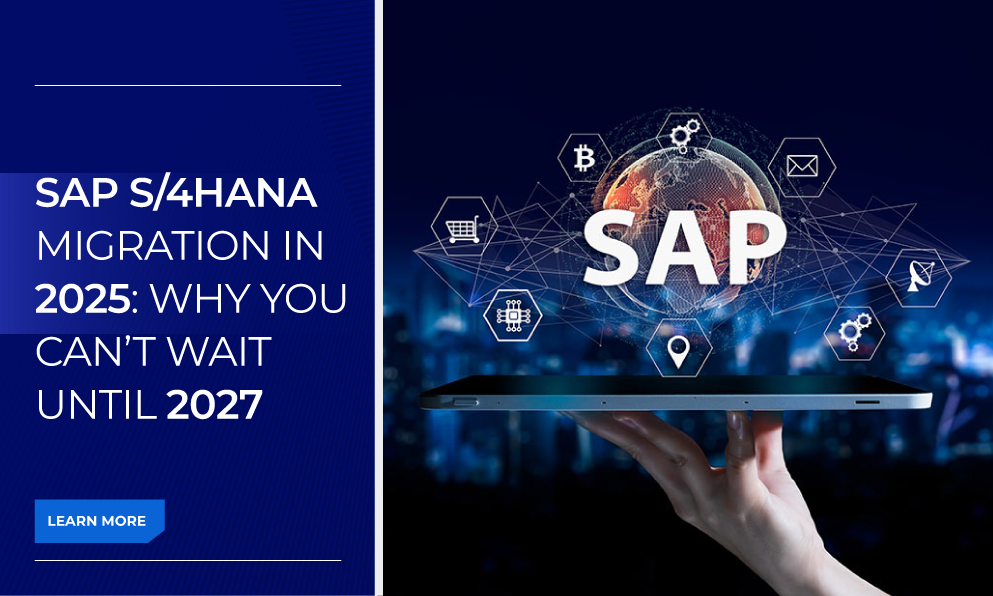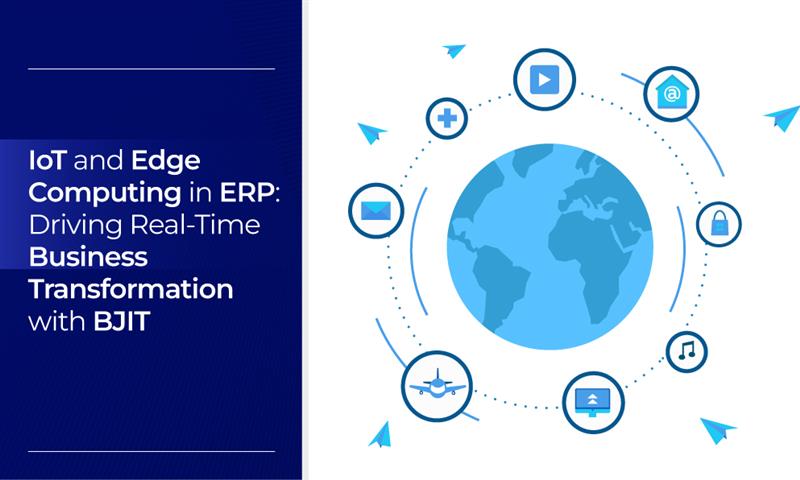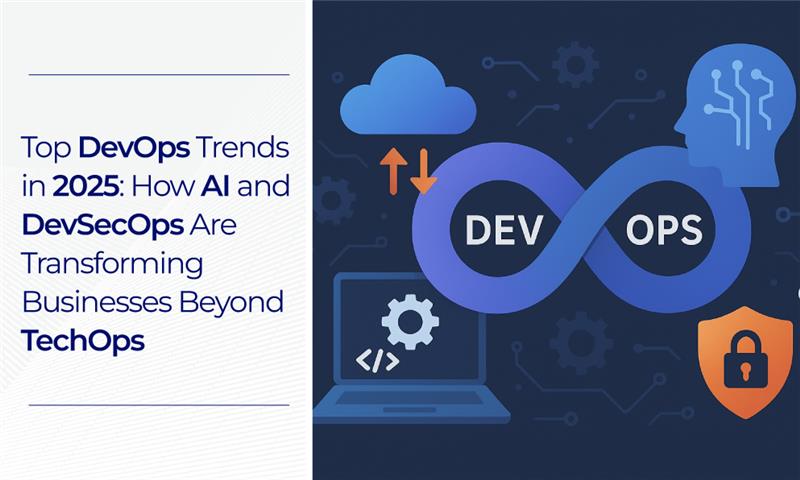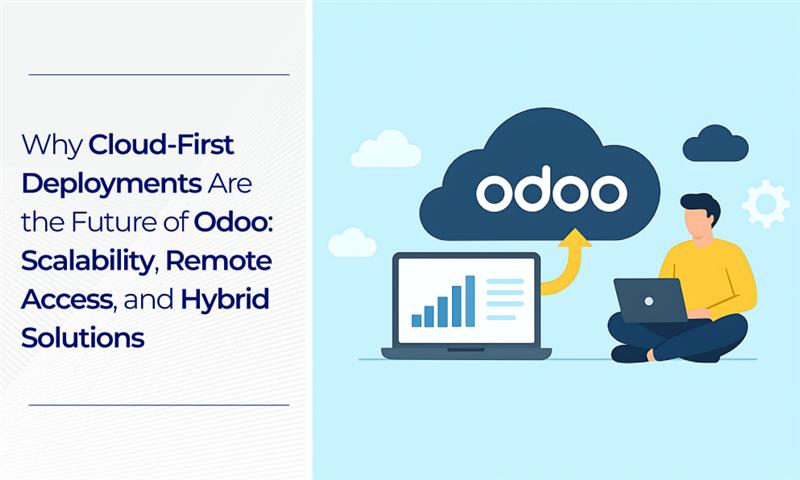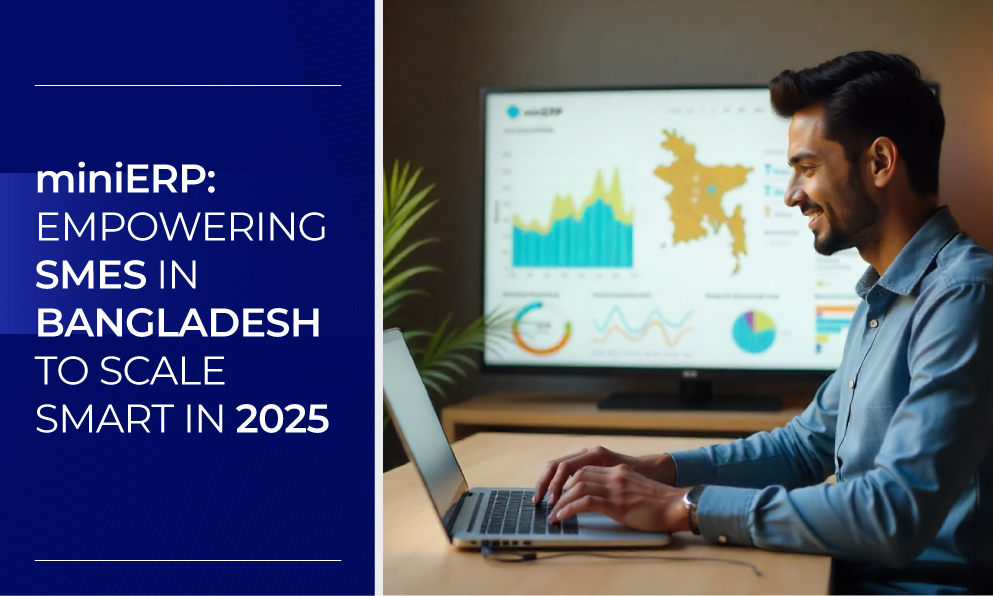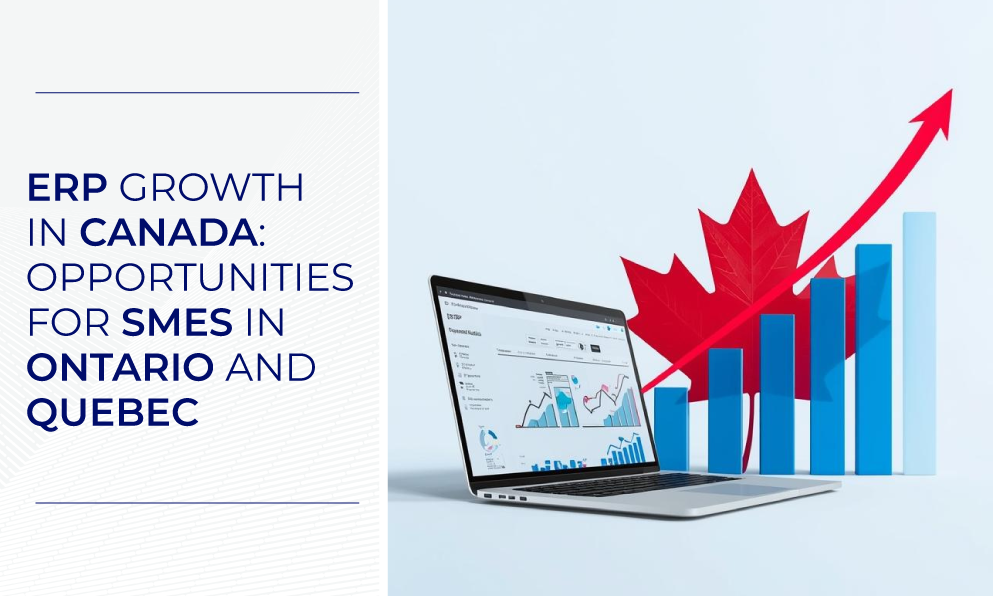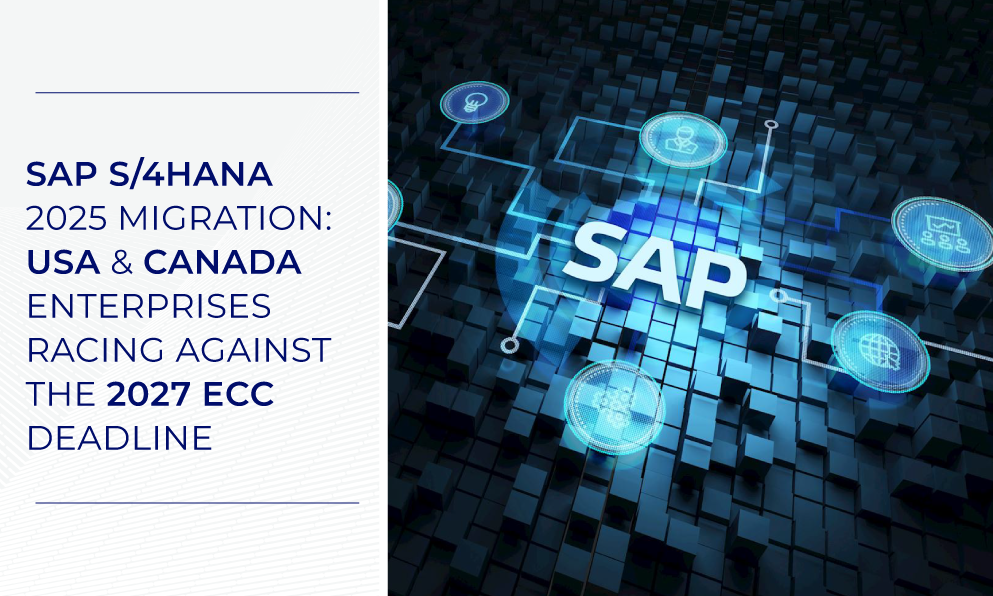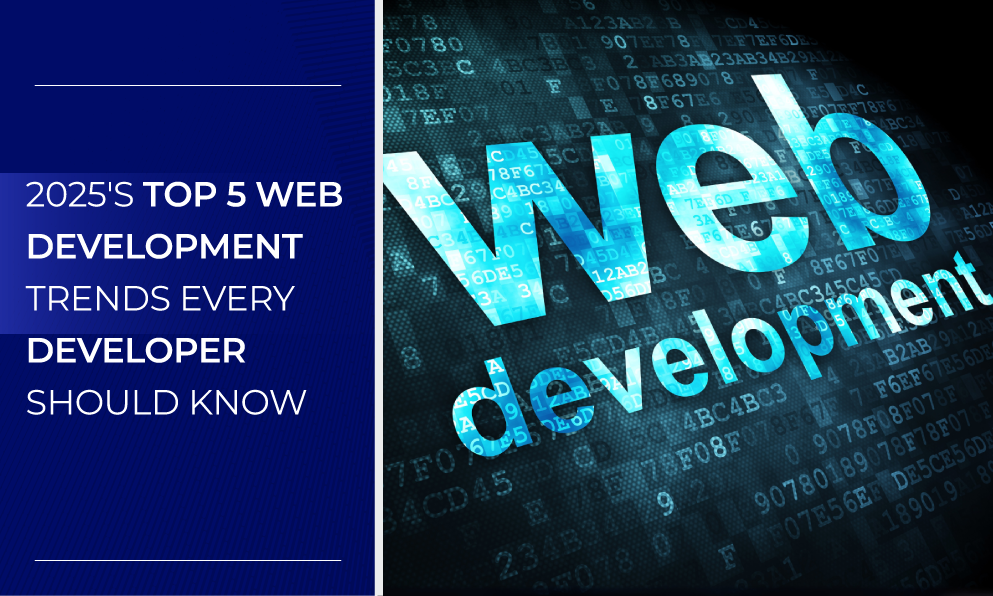Introduction: The Clock is Ticking on SAP ECC
SAP has announced that mainstream maintenance for SAP ECC will officially end in 2027, with only costly extended maintenance options available afterward. For businesses still running on ECC, that deadline may seem comfortably distant. However, in reality, 2025 is the year when decisive action must be taken.
Migrating to SAP S/4HANA is not a routine upgrade—it’s a complete digital transformation of business operations. Those who wait until the last minute will face consultant shortages, higher costs, rushed projects, and serious risks to compliance and competitiveness. Early movers in 2025, however, will have the advantage of time, resources, and access to the best expertise. Book your free consultation with BJIT’s SAP Migration experts and take the first step. To learn more about BJIT’s SAP expertise, click here.
Why 2025 Is the Turning Point
The urgency around SAP S/4HANA migration is tied directly to the 2027 deadline, but it’s more than just a date on the calendar. Think of 2025 as the final calm before the storm. Once global demand surges closer to the cutoff, every qualified consultant and migration partner will be overbooked, which is already happening. Costs will climb, timelines will stretch, and rushed implementations will become the norm. Companies that act in 2025 avoid this chaos, securing both resources and peace of mind.
Moreover, moving to S/4HANA early is about staying competitive. The platform introduces real-time analytics, AI-driven insights, and streamlined processes that ECC simply cannot support. Businesses that wait risk falling behind, while early adopters enjoy faster decision-making, improved compliance, and leaner operations. Become an early adopter by booking your free consultation with BJIT’s SAP experts.
A Migration Roadmap for Success
A migration is a journey, not a single project milestone. It begins with understanding where you stand today, then carefully planning each step with experienced consultants to ensure a seamless transition.
In the assessment phase, businesses evaluate their current ECC setup, mapping customizations, data, and processes against S/4HANA requirements. This is where the right strategy—Greenfield, Brownfield, or Hybrid—is chosen. Planning then follows, using tools like SAP’s Readiness Check to uncover gaps, integration challenges, and opportunities for process improvement.
Implementation is the phase where your SAP S/4HANA landscape takes its definitive shape; core modules such as Finance, Supply Chain, and Manufacturing are migrated or re-engineered to align with clean-core best practices. Advanced capabilities, including embedded AI, predictive analytics, and IoT integrations, are configured to unlock real-time insights and process automation. Rigorous testing and validation ensure that every transaction, report, and integration performs flawlessly. Comprehensive end-user training drives adoption and productivity from day one. A carefully orchestrated go-live minimizes disruption, while continuous optimization keeps your S/4HANA environment secure, scalable, and innovation-ready. As a trusted SAP implementation partner, BJIT delivers end-to-end S/4HANA migration services to global enterprises across industries. Let’s have a quick call and hear your goals.
The Cost of Waiting Until 2027
Delaying migration might feel like buying time, but in reality, it’s setting businesses up for greater risk. Extended SAP support after 2027 will be costly. More importantly, organizations waiting until the deadline will compete with thousands of others for limited resources. This often means longer timelines, inflated budgets, and a higher chance of disruption.
By contrast, those who start in 2025 enjoy predictable costs, shorter lead times, and access to top-tier consultants. They can pace their transformation thoughtfully, without compromising on quality or business continuity. Don’t let the 2027 deadline control your timeline; connect with BJIT and migrate on your terms.
The Business Benefits of Migrating Now
Migrating in 2025 isn’t just about sidestepping risks—it’s about seizing new opportunities. With SAP S/4HANA, businesses can:
- Gain real-time insights to make smarter, faster decisions
- Use AI and automation to simplify and speed up operations
- Get ready for cloud adoption and future scalability
- Stay ahead of regulatory and compliance requirements
- Lower long-term IT costs with a modern, efficient infrastructure
- Give users a smoother, more intuitive experience
How BJIT Makes Migration Seamless
At BJIT, we understand the complexity and scale of SAP transformations. That’s why we deliver more than just technical migration—we provide a strategic partnership. From readiness assessments and tailored migration strategies to accelerated methodologies and post-go-live support, we ensure every phase is smooth, predictable, and cost-effective.
Our global team of SAP-certified consultants brings both industry expertise and practical experience to the table. With flexible engagement models and 24/7 support, we adapt to each client’s unique needs, ensuring migration becomes an enabler of growth rather than a disruptive challenge.
Don’t wait until 2027. Secure your migration resources now. Book a free SAP S/4HANA consultation with BJIT today.
Frequently Asked Questions
What happens in 2027?
SAP will end mainstream maintenance for ECC, meaning no new updates, patches, or official support. Companies that delay migration risk costly extended maintenance agreements, higher downtime, and potential compliance and audit issues. Organizations still on ECC may also struggle to integrate with modern cloud services, AI tools, and analytics platforms, putting them at a strategic disadvantage.
Why migrate in 2025?
Starting your SAP S/4HANA Migration 2025 early gives your enterprise a strategic edge. Early migration ensures access to skilled consultants, avoids the premium pricing surge expected in 2026–2027, and allows careful planning for data cleansing, process redesign, and innovation adoption. Early movers benefit from AI-driven process automation, advanced analytics, and cloud-readiness, while competitors waiting until the deadline may face rushed implementations and operational disruption.
How long does migration take?
Typical S/4HANA migrations range from 6 to 18 months, depending on system complexity, number of customizations, and data volume. By starting in 2025, companies gain sufficient time to assess and simplify existing processes, adopt clean-core principles, and ensure a smooth transition without compromising business continuity.
Is migration expensive?
While migration requires investment, companies that act early often save 20–30% compared to those who postpone until the global rush in 2027. Early planning reduces consultant premium rates, avoids emergency cloud infrastructure costs, and minimizes business disruption, making the migration a controlled, value-generating transformation rather than a costly scramble.
What are the migration approaches?
Enterprises can select the approach that best fits their goals and IT landscape:
- Greenfield – A fresh S/4HANA implementation; ideal for companies seeking process transformation and a clean-core setup.
- Brownfield—System conversion from ECC to S/4HANA; suitable for organizations that want to retain existing processes and minimize disruption.
- Hybrid/Selective Transformation—Combines elements of both, allowing selective module redesign while retaining certain legacy configurations.
Choosing the right approach early allows better resource allocation, risk mitigation, and alignment with innovation goals such as AI, IoT, and advanced analytics. BJIT guides enterprises through all approaches, ensuring a smooth, future-ready S/4HANA journey.
Book your SAP S/4HANA migration consultation with BJIT today and secure your digital future.
Why BJIT Is Your Ideal SAP S/4HANA Migration Partner
When the stakes are high and timelines tight, BJIT isn’t just a vendor—it’s your strategic ally in digital transformation. Here's why:
End-to-End Expertise with Accelerated Delivery
BJIT delivers comprehensive, end-to-end SAP migration services, from initial readiness assessments all the way through clean core implementation and post-migration managed services. Our acceleration frameworks aren’t just efficient—they can reduce migration costs by up to 40%, all without sacrificing quality or speed.
Clean Core: Built for Flexibility and Future Upgrades
We champion the Clean Core SAP strategy, minimizing customizations in your core ERP and shifting extensions to SAP Business Technology Platform (BTP). This approach guarantees faster upgrades, lower total cost of ownership, and agility to take full advantage of innovations like AI, automation, and cloud-based scalability.
Proven Track Record & Global Reach
Over 20 years, BJIT has grown from a Bangladesh-born software pioneer into a global IT leader, serving world-class clients across multiple continents. Our offshore excellence combined with strategic nearshore presence—particularly in Europe—means we deliver top-tier talent, cost efficiency, and regulatory comfort to enterprises worldwide
Flexible, Client-Centric Engagement Models
Whether you're planning a Greenfield, Brownfield, or Hybrid migration, BJIT aligns its approach with your business goals. We offer agile, scalable engagement models—from fixed-price and time-and-materials to dedicated teams—ensuring your solution is tailored, transparent, and cost-effective.
Domain Expertise & Innovation at the Core
Our SAP-certified architects, developers, and consultants bring deep domain experience across manufacturing, finance, healthcare, and more. Backed by global innovation partners like Marubeni and Etteplan, BJIT stays ahead in technologies including AI, IoT, cloud, and DevOps.
In Summary
BJIT isn't just another migration vendor. We bring a powerful combination of strategic acceleration, clean-core modern architecture, global delivery excellence, and unmatched flexibility. In the race to S/4HANA before 2027, BJIT ensures your journey is not just fast but smart, future-ready, and sustainable.
Ready to embrace SAP S/4HANA with confidence?
Book your free consultation with BJIT today and launch your migration journey on the right path.

